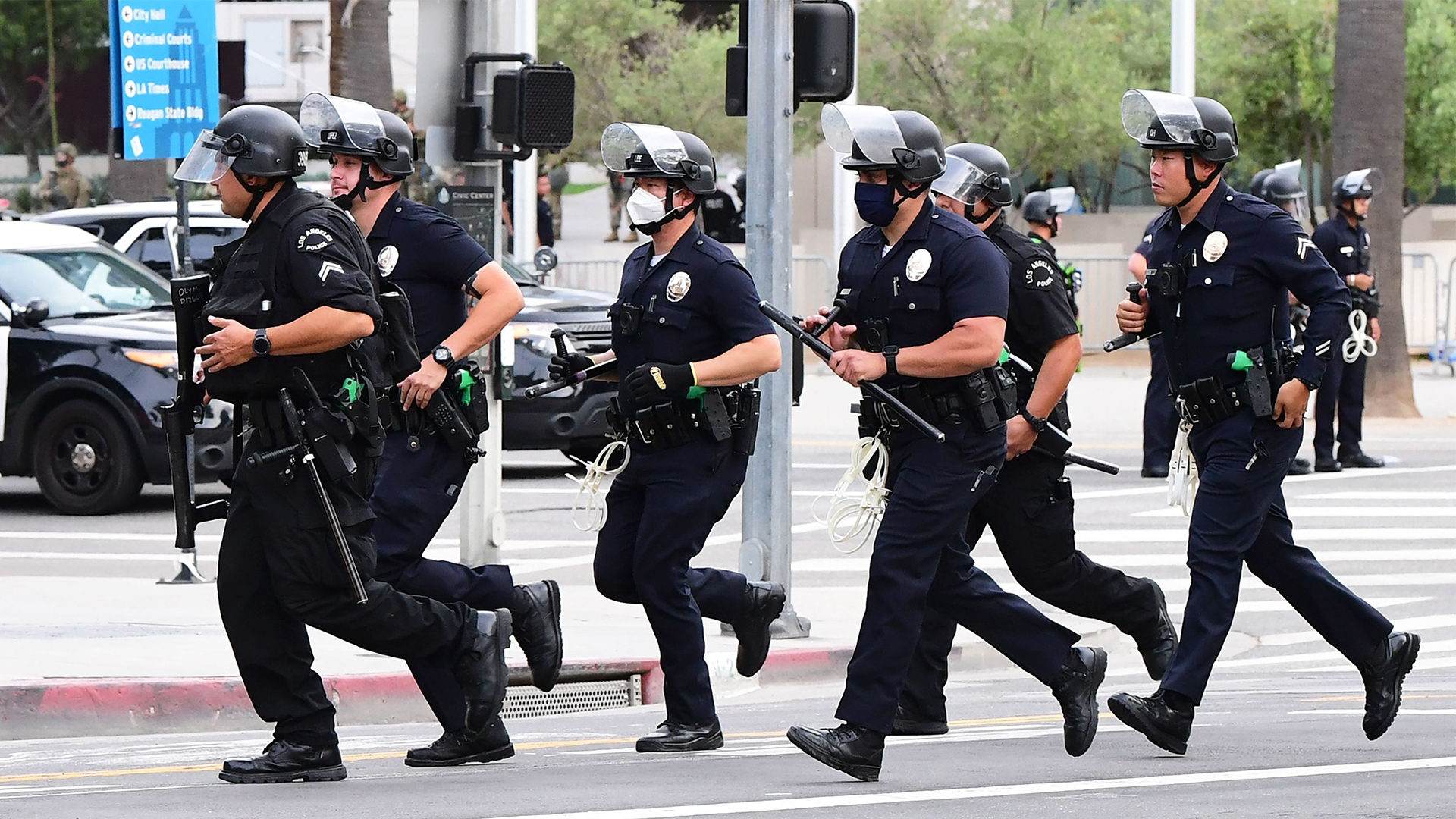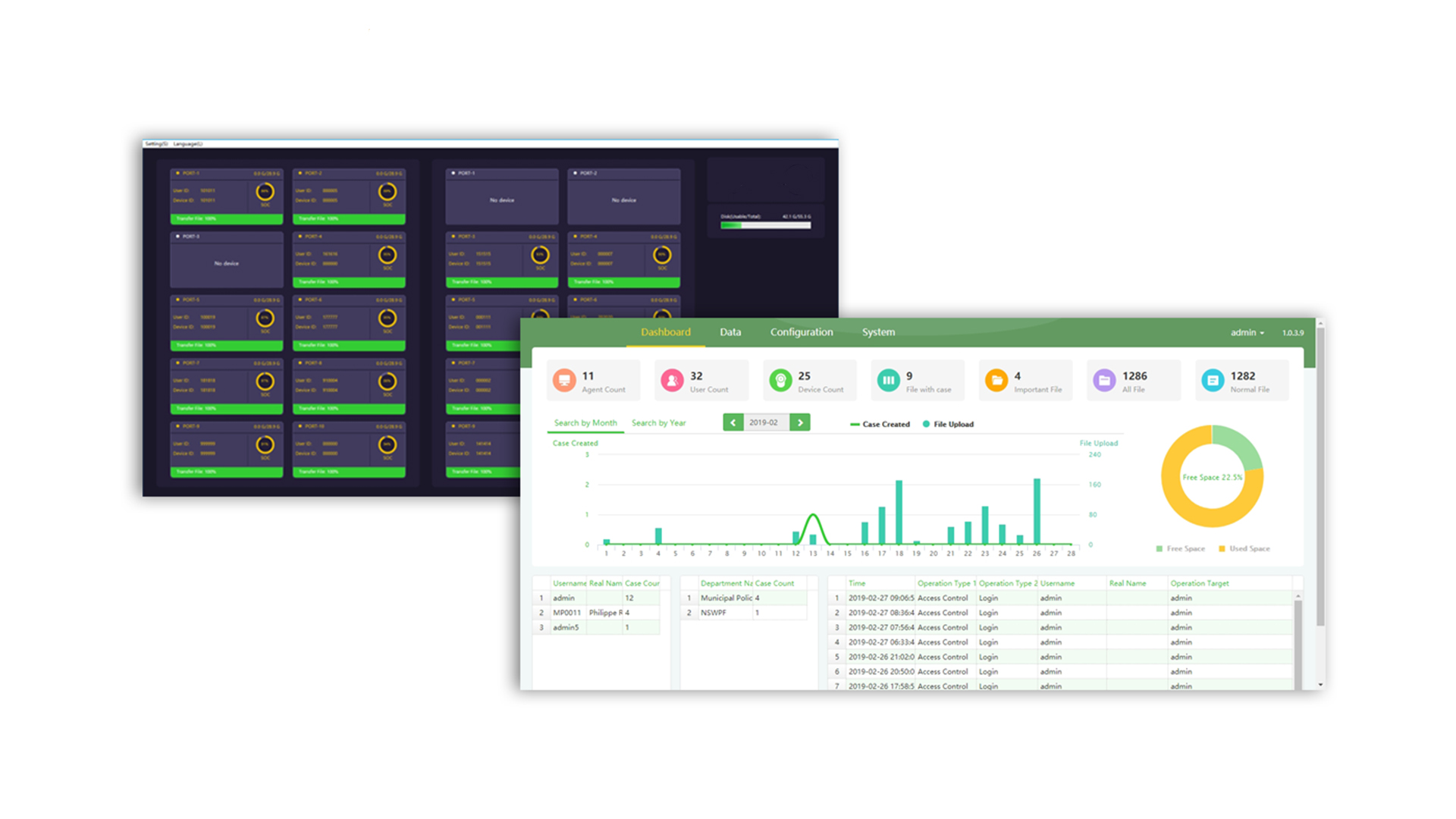Body-worn cameras (BWCs) are compact video cameras that are attached to the clothing or uniform worn by law enforcement officers. The goal of body-worn cameras is to capture video and audio evidence of interactions between law enforcement officers and the public. While BWCs have been in use for several years, they have gained significant attention in recent years due to several high-profile incidents of police brutality and the need for increased transparency and accountability in law enforcement. In this article, you will learn the benefits, features and best practices of body-worn cameras.

Benefits Of Body Worn Cameras
In law enforcement, the advantages of using Body-Worn Cameras (BWCs) go beyond merely capturing evidence. One of the most notable benefits is improved transparency. BWCs create an impartial record of encounters between the public and police officers, which can be utilized to investigate complaints and provide evidence in court. This promotes accountability and transparency in law enforcement, which is essential to building trust between the police and the community.
Another benefit of BWCs is improved officer safety. BWCs provide a record of incidents and interactions, which can be used to support an officer's account of an incident and protect them from false accusations. This evidence can also be used to identify potential safety risks and help departments develop better safety protocols and procedures.
Moreover, the use of BWCs has been shown to de-escalate conflicts between officers and the public. The awareness of being recorded can discourage individuals from behaving aggressively or confrontationally toward officers. This can decrease the application of force and enhance the overall safety of interactions between police officers and the public.
Additionally, BWC footage can assist in training and the professional development of officers. Analyzing the footage of interactions can aid officers in recognizing areas for improvement and refining their communication and de-escalation expertise. This can contribute to enhancing the quality of interactions between officers and the public, resulting in better outcomes for both parties.
In conclusion, the use of BWCs in law enforcement has several benefits beyond just capturing evidence. They promote transparency and accountability, improve officer safety, de-escalate conflicts, and support training and professional development for officers. As such, the use of BWCs is an essential tool for law enforcement agencies looking to build trust with the community and improve the quality of interactions between officers and the public.

Features Of Body Worn Cameras
When selecting a Body-Worn Camera (BWC) for law enforcement use, several factors should be considered. One of the key factors is video quality. The quality of the video recorded by BWCs can vary widely, with higher-end cameras typically providing better video quality. Features such as high-definition video and night vision capabilities can significantly enhance the quality of the footage captured by the camera.
When choosing a BWC, an essential aspect to consider is the capacity of battery. The battery life of a camera can differ significantly based on the manufacturer and features offered. Selecting a camera with battery life that can last for an entire shift is crucial to ensure that officers can depend on the camera to record footage throughout their duty.
Furthermore, storage capacity is also an essential consideration when selecting a BWC. BWCs record video and audio data, which must be stored and managed. The storage capacity of a camera can vary from a few hours to several days, depending on the manufacturer and features available. It's important to choose a camera with sufficient storage capacity to ensure that all footage is captured and can be easily accessed when needed.
Lastly, durability is also very important when selecting a BWC. BWCs need to be constructed to endure the wear and tear of daily usage. They should be tough and capable of withstanding drops, impacts, and exposure to environmental elements. Choosing a camera that is designed to be rugged and durable will ensure that it can withstand the harsh conditions that law enforcement officers may encounter in the field.
In conclusion, when selecting a BWC for law enforcement use, it's essential to consider video quality, battery life, storage capacity, and durability. By selecting a camera that excels in these areas, law enforcement agencies can ensure that their officers have access to reliable and high-quality footage that can be used to increase accountability, improve officer safety, and build trust with the community.

Best Practices For Body Worn Camera Use
Policy and Training: Law enforcement agencies should develop policies and procedures for the use of BWCs and provide training to officers on their proper use.
Privacy Concerns: BWCs record video and audio of interactions between officers and the public, raising privacy concerns. Law enforcement agencies should develop policies and procedures for the handling of this data to ensure that privacy rights are protected.
Activation and Deactivation: Officers should be trained on when to activate and deactivate their BWCs. Guidelines need to be established to determine when BWCs should be activated or deactivated.
Data Management: Law enforcement agencies must formulate policies and procedures for managing and storing BWC data. This includes protocols for storing, cataloging, and retrieving footage.
Public Access: Law enforcement agencies must create policies and protocols for public access to BWC footage. This includes protocols for releasing footage to the public and protecting the privacy of individuals involved.
In conclusion, body-worn cameras are a potent means of advancing transparency and accountability in law enforcement. Their use can enhance officer safety, de-escalate conflicts, and provide valuable evidence for investigations and court proceedings. When selecting a BWC, you need to consider its video quality, battery life, storage capacity and durability. Law enforcement agencies should also develop policies and procedures for the use, management, and storage of BWC data to protect privacy rights and ensure accountability.


 French
French German
German Arabic
Arabic Italian
Italian Spanish
Spanish Japanese
Japanese Persian
Persian Korean
Korean Chinese (Simplified)
Chinese (Simplified)









